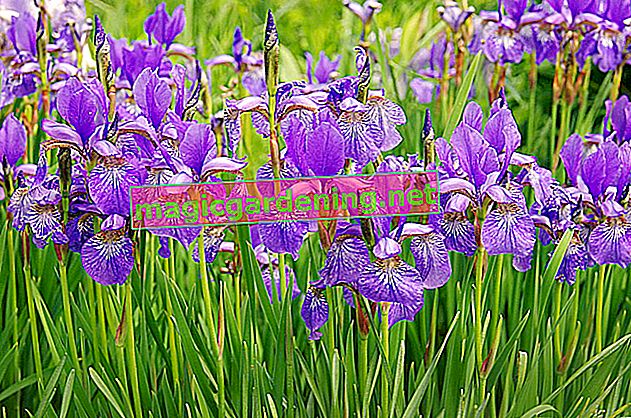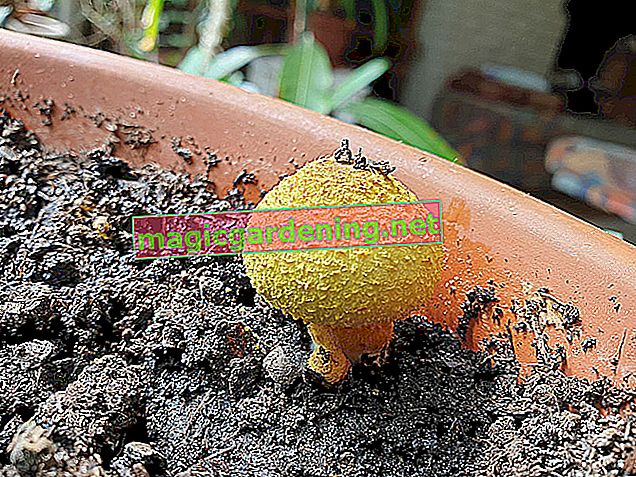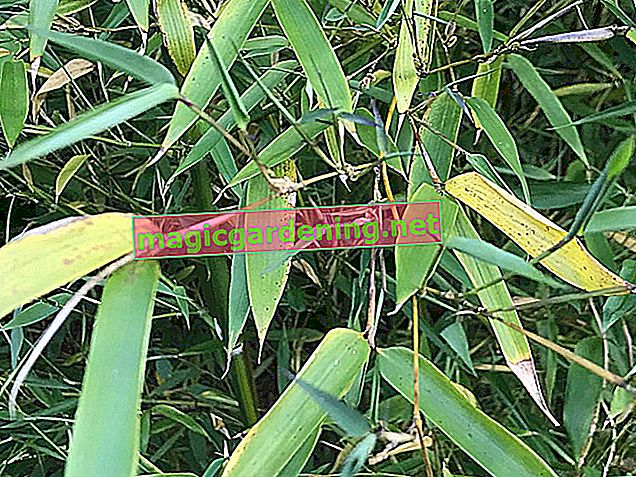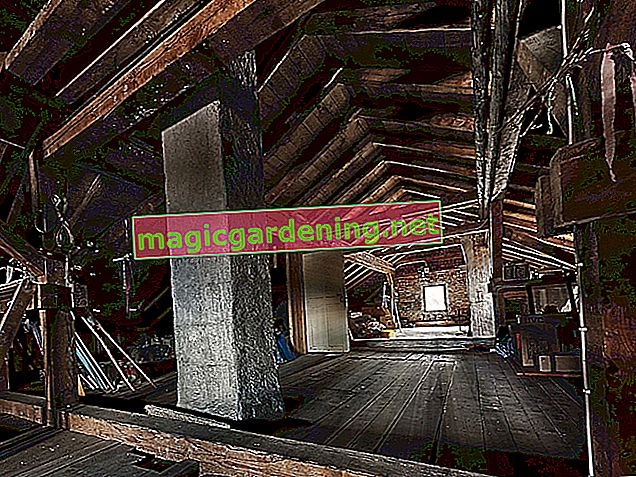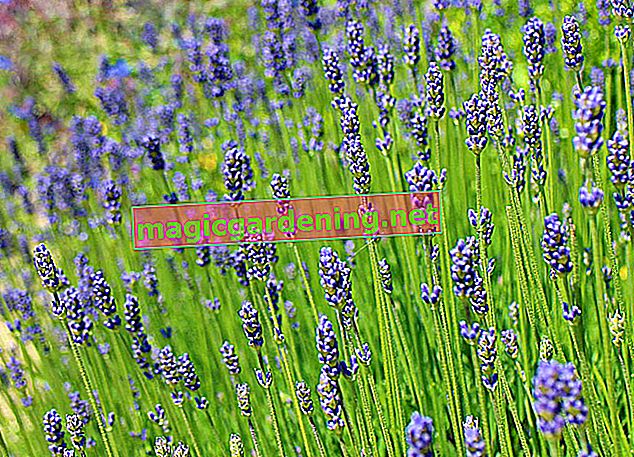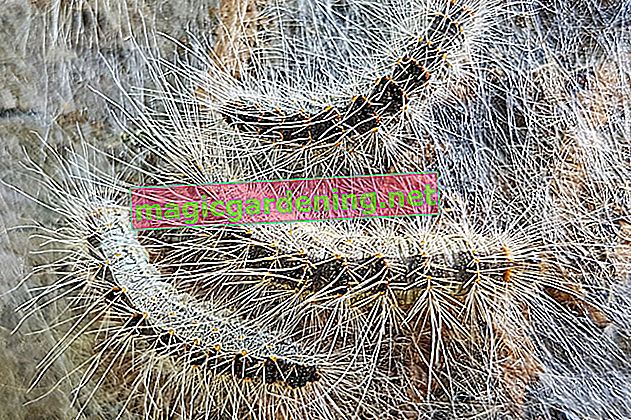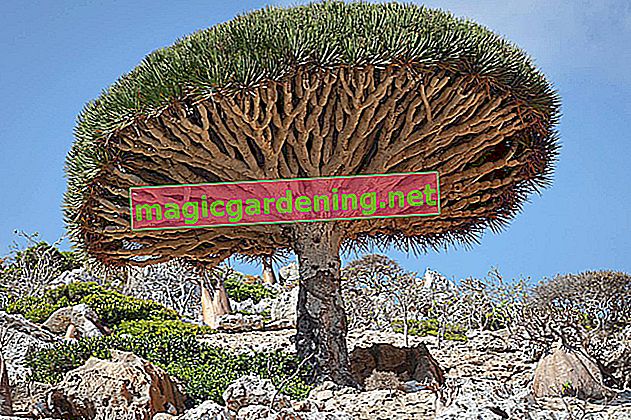
Differences between different types of dragon tree
In the plant trade, some standard varieties are usually offered as potted specimens for the home, all of which are characterized by a relatively compact growth. Overall, the differences between dragon tree species lie primarily in the following areas:
- Light tolerance
- Shape and size of the leaves
- Formation of flowers
- Tolerance of cooler temperatures
- Color drawing of the leaves
also read
- The right temperature for the dragon tree
- The dragon tree gets yellow leaves - what to do?
- The dragon tree blooms - or not?
The year-round leaf-bearing dragon trees are not only available with fresh green leaves, but also with light-edged or reddish-colored leaves. It should be noted that dragon trees with little green in the leaves can tolerate more direct sunlight than green-leaved varieties. This is due to the different chlorophyll content of the leaves.
Dracaena fragrans
Dracaena fragrans is a very often cultivated dragon tree species. This subspecies is also characterized by the fact that even comparatively young plants can produce an intensely fragrant bloom if the appropriate care conditions are in place. Dracaena fragrans has glossy, green leaves and is often sold in hydroponics.
Dracaena draco
This dragon tree is also known as the “Canarian dragon tree” because of its natural range. The sword-shaped leaves have a reddish edge and grow upright at first before slowly sloping down. Without pruning, this species reaches a height of about 160 centimeters in the room.
Dracaena deremensis
The various cultivars of Dracaena deremensis all have green leaves that are differently striped with white. They are characterized by their particularly wide and rather short leaves, resulting in particularly aesthetic leaf rosettes.
Dracaena marginata
The Dracaena marginata, which is often offered, is particularly insensitive to care errors. The dark green leaves of this dragon tree species, which grows up to 200 centimeters high, have a reddish border and fluctuating temperature and light conditions are tolerated relatively well.
Dracaena surculosa
This subspecies of the dragon tree is not that easy to recognize as such at first glance. After all, the clump-like growth of the rather thin plant stalks is more reminiscent of a type of bamboo than of other types of the dragon tree. This plant species comes from tropical Africa and needs temperatures of at least 15 degrees Celsius all year round. The leaves, which are patterned with varying degrees of patches, are relatively broad and fresh green when they shoot, later a little darker. This dragon tree can be propagated not only by cuttings, but also by dividing it when repotting.
Tips
Simply create a small, easy-care subtropical “forest” in your room by placing different types of dragon trees close together in pots. Make sure, however, that the location is protected from cool drafts, dry heating air and excessive direct sunlight, if possible all year round.


